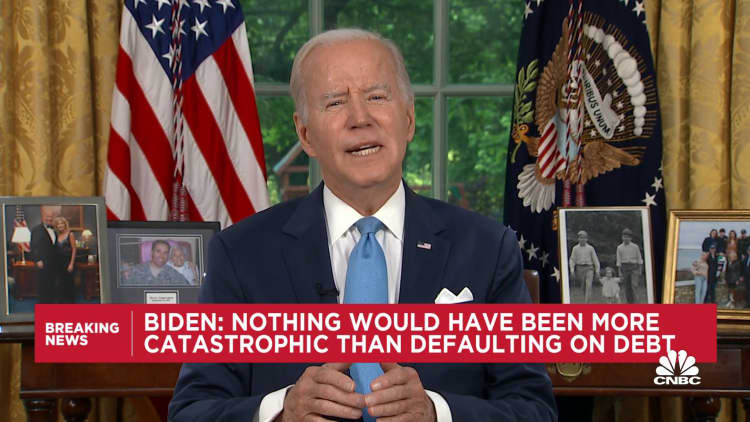If you're a freelancer, entrepreneur, or other worker who doesn't have taxes withheld from your paycheck, a key deadline to make payments is approaching, according to the IRS.
The due date for 2023 second-quarter estimated tax payments is June 15, which applies to income without withholdings, such as self-employment earnings, investments, gig economy work and more. Some filers also make quarterly payments when their employer doesn't withhold enough from each paycheck.
Last week, the IRS reminded filers to consider quarterly payments to "stay current and avoid a surprise at tax time."
More from Personal Finance:
Here's the inflation breakdown for May 2023, in one chart
Well-being, not money, is the leading measure of wealth
'Quiet luxury' may be Americans' most costly trend to date
"Estimated tax payments are crucial for meeting tax obligations throughout the year, avoiding penalties and staying on top of your finances," said Sean Lovison, a Philadelphia-area certified financial planner with WJL Financial Advisors. He is also a certified public accountant.
It's important to calculate tax payments accurately, pay on time and to consider meeting the "safe harbor" rule to avoid underpayment penalties, Lovison said.
"Keep records, monitor your tax situation, and seek professional guidance for a smooth tax experience," he said.
How to meet the 'safe harbor' rules
Since the U.S. tax system is "pay-as-you-go," you may face penalties for not staying current, said CFP Kathleen Kenealy, founder of Katapult Financial Planning in Woburn, Massachusetts.
If you miss one of the four estimated tax payment deadlines for 2023 — April 18, June 15, Sept. 15 or Jan. 16, 2024 — you'll incur a late penalty of 0.5% of your unpaid balance per month or partial month, up to 25%, plus interest.
However, the IRS has a "safe harbor" to avoid underpayment penalties, Kenealy explained. You meet the requirements by paying at least 90% of the current year's tax liability or 100% of last year's taxes, whichever is smaller.
But the rule is "a little different for high-income taxpayers," she said. If your 2022 adjusted gross income was $150,000 or more, you need to pay 110% of last year's taxes to meet the safe harbor requirement for 2023. (Adjusted gross income is line 11 of your 2022 tax return.)
How to pay quarterly estimated taxes
Electronic payments are the "fastest, easiest and most secure" option for estimated tax payments, according to the IRS.
Online options include payments through your online account, via Direct Pay, the Electronic Federal Tax Payment System and more. However, you'll incur a fee for debit and credit card payments. You can learn more about how to make payments here.






